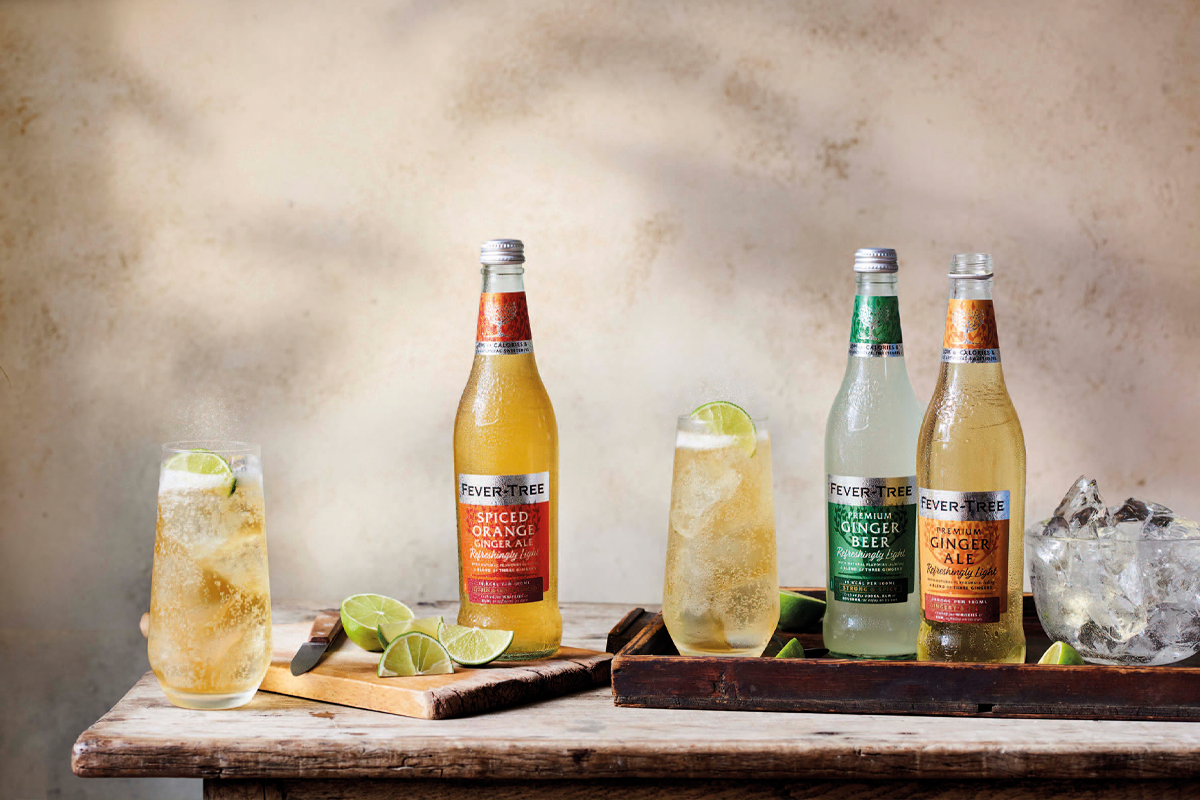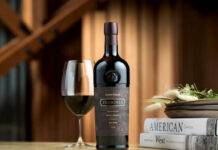The pandemic has accelerated an existing trend towards premium

SOFT drinks is an essential category for operators in the on-trade, and is likely to represent considerable value for licensees towards the end of the year and into 2022.
Britvic’s annual Soft Drinks Review, published earlier this year, found that – despite a considerable drop due to the pandemic – sales of soft drinks were worth more than £1.7 billion in the UK’s pubs, bars, restaurants and hotels during 2020.
Managed pubs were said to account for £478 million of this, with independent and free-of-tie outlets a further £278m and leased and tenanted pubs £242m.
Sports and social clubs accounted for just over £172m in soft drinks sales.
And with venues trading closer to normality than they were during much of 2020, those figures could be expected to be much higher by the end of this year.
“This Christmas, operators should ensure they are offering premium options for customers willing to spend a little more to enhance their experience,” said James Nichols, field sales controller at Vimto Out of Home.
“Soft drink ranges play a key role in this and can help operators stand out from the competition.
“Offering new and exciting drinks choices can encourage consumers to explore the menu further, pairing quality drinks with memorable experiences – and in return driving footfall and repeat visits.”
That was echoed by Mike Buckland, marketing controller at Highland Spring Group, who said that, as the festive season approaches, “we expect sales of soft drinks to rise as consumers enjoy Christmas parties and gatherings”.
“As ever, those soft drinks that work well as mixers with spirits will continue to prove popular, but it’s also important to acknowledge the continuing trend of low or no alcohol alternatives, as we look to Christmas and beyond in to ‘Dry January’,” said Buckland.
The importance of bottled water was underlined by the Britvic report, which listed water as the third biggest-selling type of soft drink in the on-trade, behind colas and flavoured carbonates (and ahead of both still juice drinks and pure juices), but Buckland said that even within water tastes are changing, with sparkling variants becoming increasingly important.
“Sales of sparkling water have increased within the last 12 months, with many seeing the product as a healthy treat,” said Buckland.
“Sales of Highland Spring’s sparkling water have increased by 17% over the last year, and 38% in the last 12 weeks alone.”
Other trends have been influenced by the pandemic, with Florence Wong of Fever-Tree reporting that the shift towards more premium products – established before anyone had heard of COVID-19 – has been accelerated by the events of the past two years.
“We’ve seen that quality has broad appeal,” said Wong.
“People are wanting to drink better quality drinks – be it alcoholic or soft.
“The desire for premium experiences and products with a focus on provenance and craft ingredients isn’t going anywhere.”
At pub company Star Pubs & Bars, Roberta Neave, who handles soft drinks buying for the company, said consumer behaviour has shifted in the course of this year.
When outlets first opened, said Neave, consumers opted more for draught soft drinks, defaulting to “a known quality”.
However, once trade began to stabilise, packaged products including premium flavoured carbonates, pure juices and energy drinks all saw an uplift in sales across the Star Pubs estate.
Neave expected demand for premium products to continue through the end of the year.
“Aside from those brands that are widely known to ‘own’ Christmas, we anticipate greater demand for premium lines,” said Neave.
“So mocktails, packaged, and flavoured sodas.”
And there is plenty of potential to increase margins on soft drinks serves, according to Neave.
She said serves that incorporate additional theatre – including novel glassware, decorative garnishes or – in the case of mocktails – being shaken in front of the customer, can command higher GP than standard pours.
“We are also seeing growing interest in ‘functional’ soft drinks – ie. those parts of the softs category that claim to do more than just refresh, for instance Kombucha,” said Neave.
“Due to the perceived added benefit of these types of drinks, the price sensitivity is far less than for mainstream softs.”
When it comes to an effective soft drinks range, one size is unlikely to fit all, and Neave advised licensees to “think about the full spectrum” of their customer base and tailor their range accordingly.
“Go for breadth and not depth,” said Neave.
“Consider how you market your range – don’t make it an afterthought – as well as menu placement and serve. If there are serves you’ve devised yourself, have fun with naming them and maybe highlight them as ‘house specials’.”



















